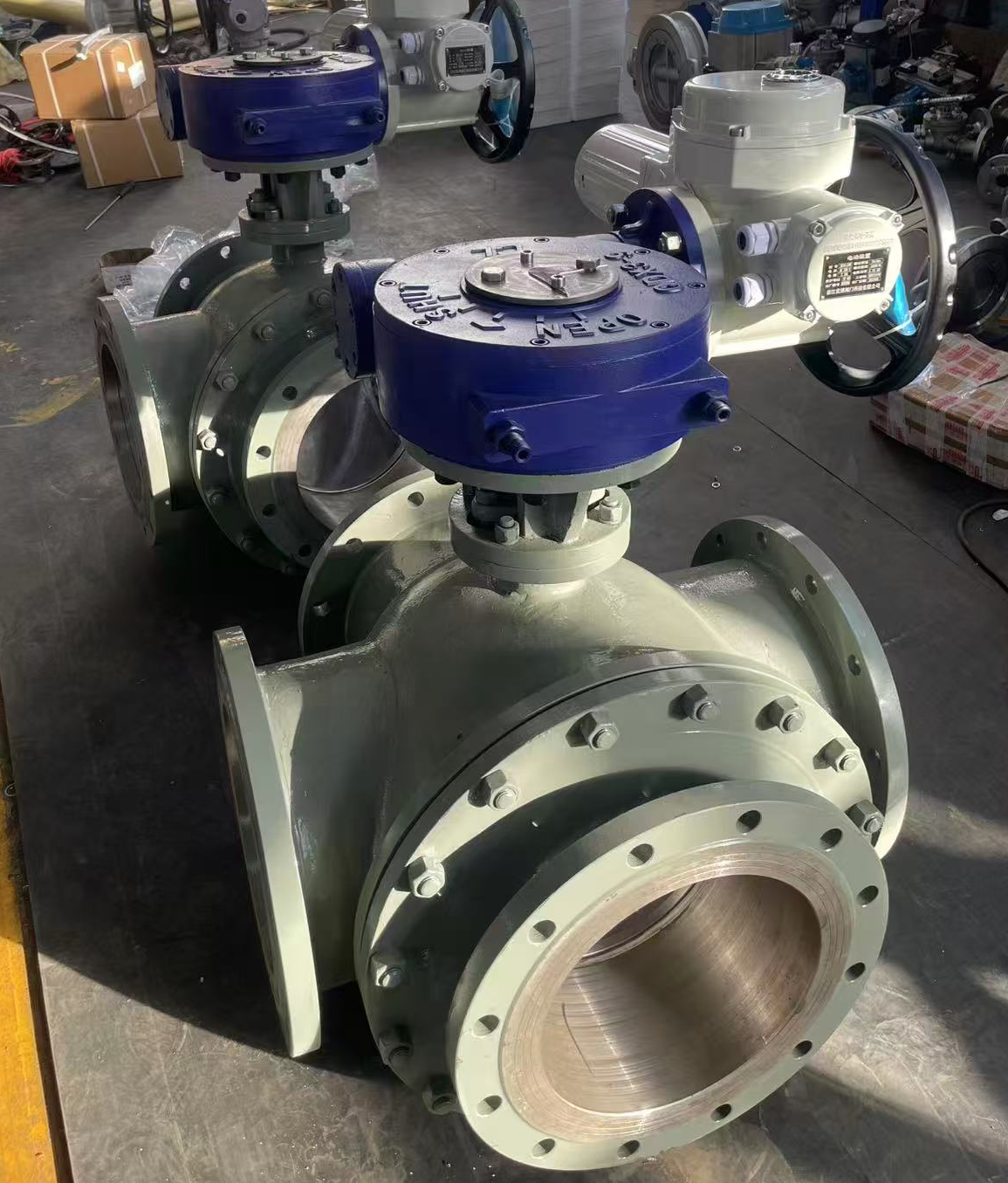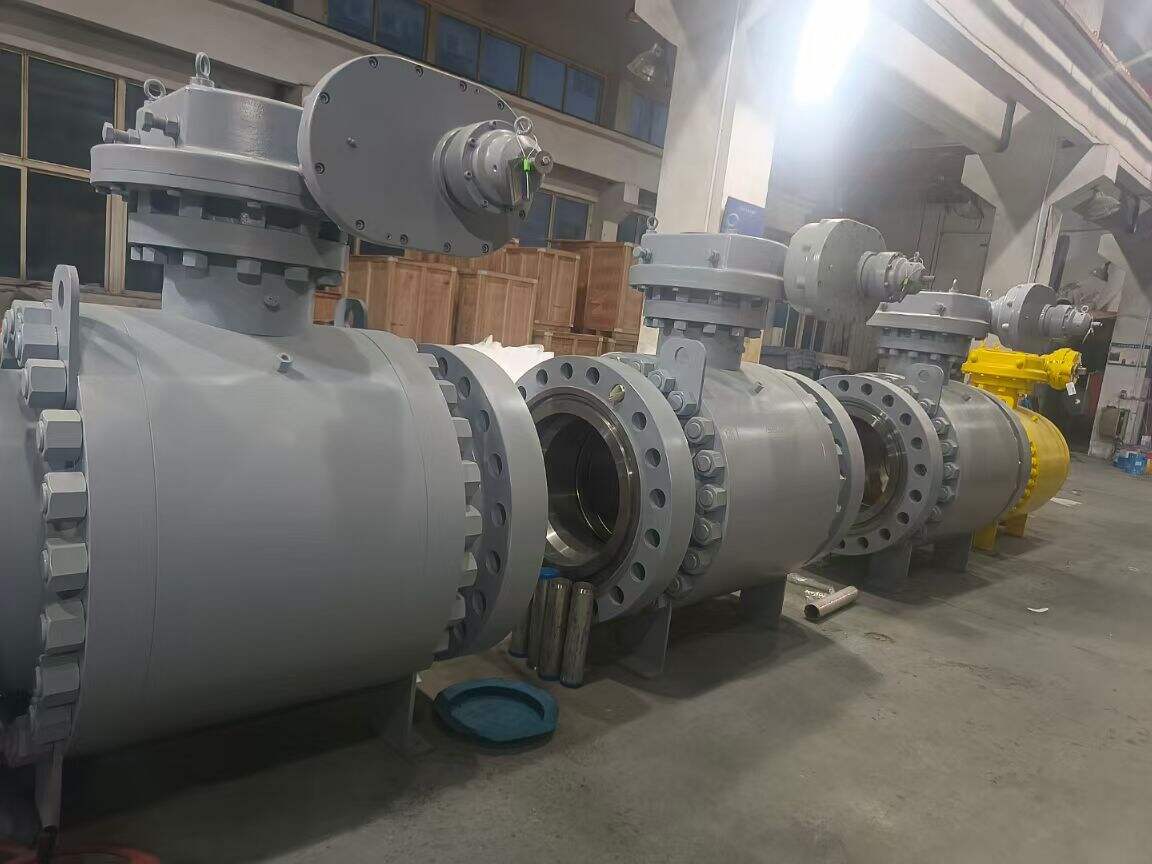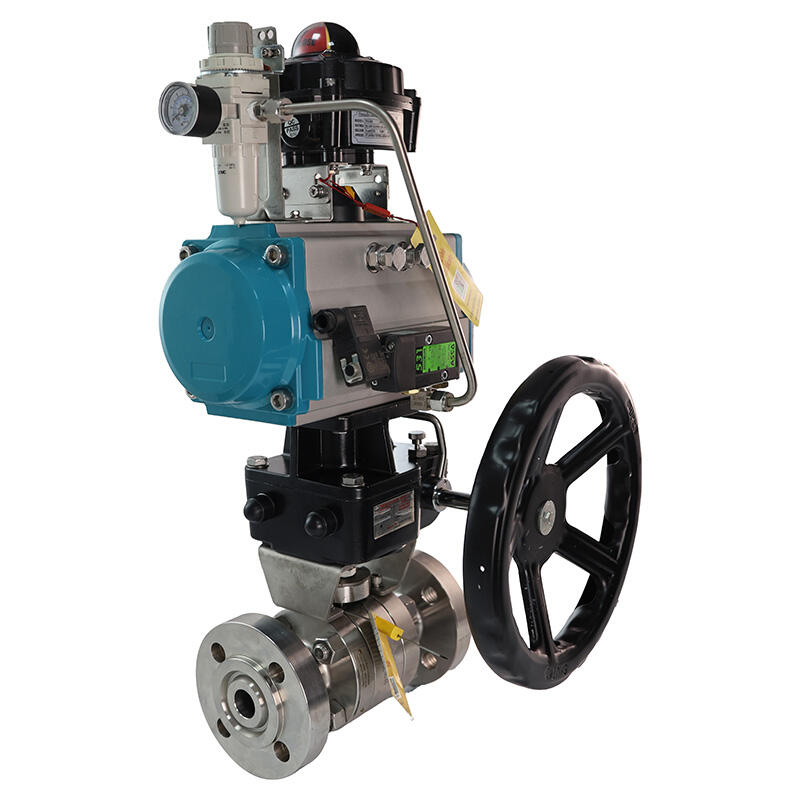trykafspærringsventil størrelse skema
En størrelsestabel for trykkaflastningsventiler fungerer som en væsentlig ressource for ingeniører og teknikere i forbindelse med valg og implementering af sikkerhedsudstyr i forskellige industrielle anvendelser. Denne detaljerede tabel giver specifikationer for dimensionering af trykkaflastningsventiler baseret på flere parametre, herunder flowhastighed, trykindstillinger og afløbskapacitet. Tabellen indeholder industriens standardberegninger og sikkerhedsfaktorer, hvilket sikrer overholdelse af reguleringskrav samtidig med at optimal systemydelse opretholdes. Den tager højde for forskellige driftsforhold, væskens egenskaber og miljøfaktorer, som påvirker ventilvalget. Ingeniører kan bruge disse tabeller til at bestemme den nøjagtige ventilstørrelse, der kræves til bestemte anvendelser, uanset om det er inden for kemisk produktion, olie- og gasdrift eller generel produktion. Tabellen indeholder typisk korrektionsfaktorer for forskellige medietyper, temperaturforhold og bagtryksbetrægelser, hvilket gør den til et uvurderligt værktøj til præcis ventilbemåling. Moderne størrelsestabeller for trykkaflastningsventiler leveres ofte med digitale grænseflader, der muliggør hurtige beregninger og justeringer i realtid og samtidig inkorporerer de nyeste sikkerhedsstandarder og bedste praksisser i branchen. Denne teknologiske udvikling har markant forenklet ventilvalgsprocessen og reduceret risikoen for menneskelige fejl samtidig med at maksimal beskyttelse af trykbeholdere og systemer sikres.


